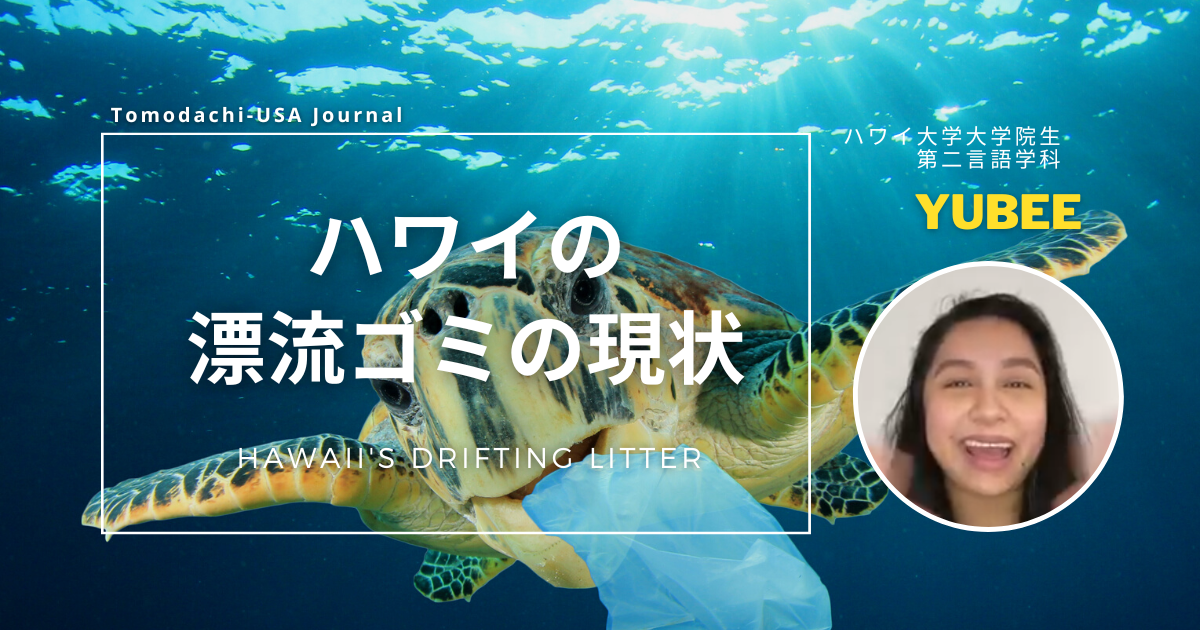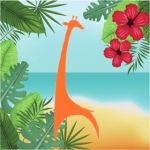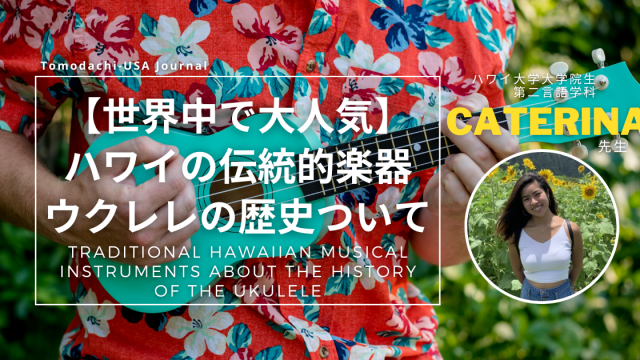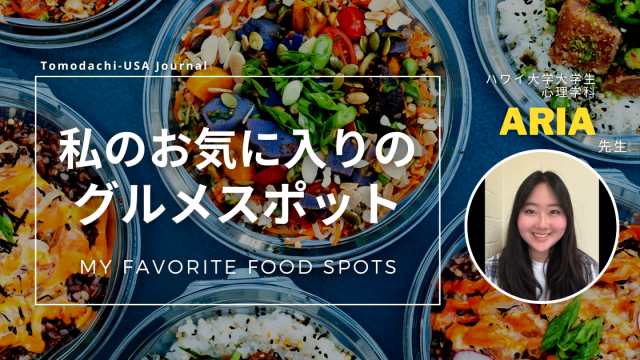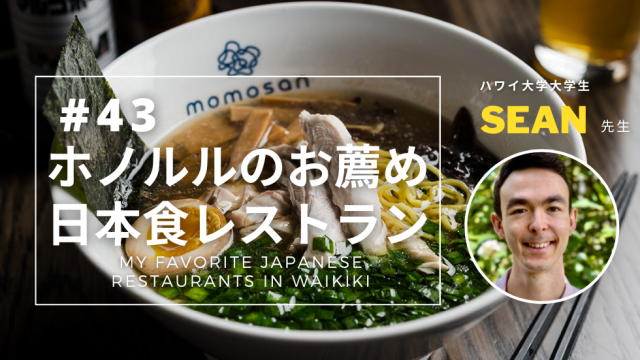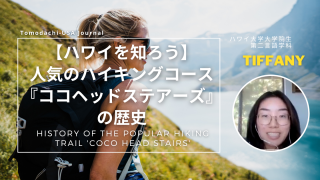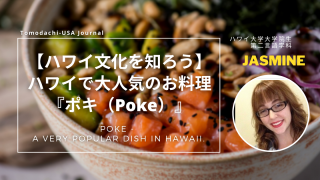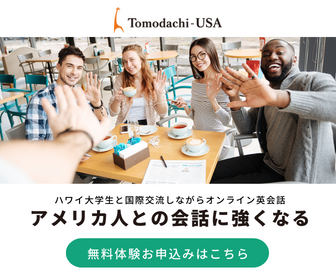今回は、ハワイの海を愛してやまない Yubee が hawaii の漂流ゴミの現状を現地からリポートしてくれました。
Please Kokua 助け合いを御願いします(ハワイ語)
The culture and way of life of the people in Hawaii have always revolved around the ocean. A large portion of their meat intake is fish. Thus, ancient Hawaiians’ abilities were with nets and learning different techniques on how to fish. Another way of life for these ancient Hawaiians was surfing. It was more so of an art and spiritual practice they engaged in. Not a recreational activity. When out on the
ocean, they would pray to their gods to give them strength and protection to help them in good surf.
Currently, surfing has become a sought-after activity for people around the globe to take part in surfing in Hawaii. The oceans and beaches attract tourists. Generating over $14 billion yearly to the state of Hawaii.
Although, with much tourism coming to the islands, it as well as produces tons of trash. Pollution is now contaminating entire Hawaii and devastating the native Hawaiian’s way of life.
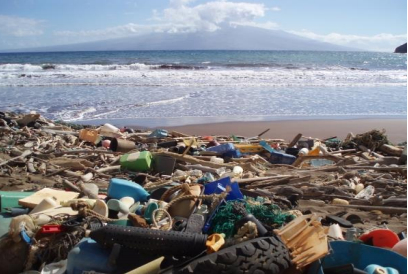
Marine debris of any size poses a threat to the health and safety of the human population as well as birds, all marine species, and the fringing coral reef that protects our shorelines from erosion.
Marine debris originates from two common sources:
- Land-based- includes litter from beachgoers, along
with debris that has either blown into the sea or been
washed in with stormwater overflow - Ocean-based- includes trash thrown at sea by boats
and vessels, just as fishing debris like plastic strapping
from bait boxes, removed fishing line or nets, and
abandoned fishing gear.
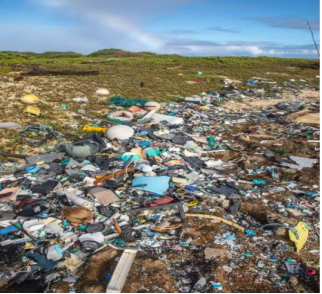
While disposing of fishing gear affects the marine condition by entrapping marine life and crushing coral reefs, it includes an expected 20% of all marine debris. A stunning 80% of all marine debris originates from land-based sources. This is no surprise, considering that around half of all plastics areused to make single-use items disposed of not long after they are first used. Millions of tons of debris were washed into the ocean.
Hawaii Department of Land and Natural Resources (DLNR), National Oceanic and Atmospheric Administration (NOAA), University of Hawaii, as well as other partners developed an action plan called Hawaii Marine Debris Action Plan that will guide all of our efforts over the next several years to address and reduce the environmental, socioeconomic, and human health and safety impacts of marine debris.
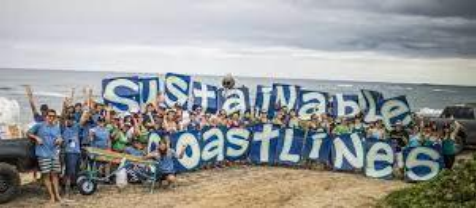
To reduce debris reaching our oceans in the future we all must make an effort to recycle our waste responsibly, as well as reduce the amount of waste we produce. We can start plastic pollution reduction by changing our habits. Reducing your use of single useplastics will lessen the demand. Avoid purchasing items wrapped in plastic. Choosing to use reusable produce bags is a quick win to change what you buy in your grocery shop. Proper recycling will help reduce plastic waste – only 9% of plastic is recycled worldwide. Think of ways to transform old items rather than throwing them or buying new ones. Supporting charities that address plastic pollution and signing petitions for bans will increase your impact on the cause. Participate in or organize beach/river cleanups. Wearing clothing made from natural (non-synthetic) materials, like organic cotton, silk, and linen, will stop plastic microfibers from making their way into the ocean and to our food chain.
So please Kokua! Malama mauna and makai. (Take care of our mountain all the way down to our
ocean.)
ハワイの文化や生活様式は常に海洋を中心に回っています。主な主食は魚です。そのため、古代のハワイアンの能力は網と様々な漁業の技術を学ぶことでした。もう一つの生活様式は、サーフィンでした。サーフィンは、まさに彼らが没頭する芸術であり精神的な訓練でした。楽しむための活動ではなかったのです。古代人は海から上がると、上手くサーフィンができるようにと強さとご加護を頂けるよう神に祈りを捧げたものでした。最近ではハワイでサーフィンするために、サーフィンは世界中で人気のアクティビティになっています。 ハワイの海と砂浜は観光客を虜にします。年間140 億ドル以上のお金が動いています。島々には、たくさんの観光産業がやってきて、それは同様にたくさんのごみを生み出します。汚染は今やハワイ全土に広がり、ネイティブハワイアンの生活様式を破壊しています。
どんなサイズの漂流ゴミも人間だけでなく鳥や全ての海中生物、そして浸食から海岸線を守るための周辺のサンゴ礁の健康や安全を脅かしています。
漂流ゴミは、二つの共通の原因からなっています。
- 海に投げられたり、嵐で漂流してきたりするゴミに加えて、ビーチに来た人たちからでる地上ゴミ。
- ボートや船から海に投げられた海洋ゴミ。餌箱のプラスチックストラッピングのような漁業ゴミ、釣り糸や網、そして捨てられた漁具など。
漁具の廃棄は、海中生物を危険にさらし、サンゴ礁を破壊して、海洋の状態に影響を与えています。それは、漂流ゴミの20%になると予測されています。驚くことに漂流ゴミの 80%は地上ゴミです。これは、驚くことでもなく、全てのプラスチックの半分ぐらいが、初めて使ったばかりの使い捨てにされたものだと考えられています。非常に多くのゴミが海洋に流されています。
ハワイの土地や資源に関わる省(DLNR)、 アメリカ海洋大気庁(NOAA)、ハワイ大学、また他のパートナーは、ハワイ海洋ゴミ Action Plan という行動計画を実践しています。それは、環境や社会経済、人間の健康と安全を脅かす漂流ゴミの影響を減らすために、数年に渡るすべての努力の指標となるものです。
将来、私たちの海に到着するゴミを減らすために、私たちは責任を持って廃棄物をリサイクルすると同様に、私たちが出す廃棄物の量を減らす努力をしなければなりません。私たちは、習慣を変えることで、プラスチック汚染の削減を始めることができます。使い捨てのプラスチックの使用を削減すれば需要が減ります。また、プラスチックで包装された品物を購入しないことも同様です。再生可能なバッグを選ぶことは、スーパーであなたが買うものを変えるきっかけになります。リサイクルする人は、プラスチック廃棄を減らす役に立ちます。プラスチックの 9%しか世界でリサイクルされていません。ものを捨てたり、新しいものを買うよりも古いものをリサイクルする方法を考えてください。プラスチック汚染に取り組んだり、禁止の要求に署名したり、チャリテイー活動を支援することは、大きな影響力になります。参加することやビーチや川の清掃を計画することも同様です。オーガニックコットンや絹、麻のような自然の素材(非合成の)からできている服を着ることは、プラスチックの超極小繊維が海と食物連鎖に与える影響を減らします。
だから、どうか協力し合って海や山を守っていきましょう。Please Kokua(ハワイ語)

Yubee(ユビー)先生の紹介
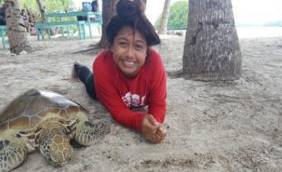
ユビーは、一歳になる子供さんを育てているママさんインストラクターです。小さいときから美しい海でダイビングを楽しんでいるので、ハワイの海や山をとても大切に思っています。だから、ハワイ大学では環境学を学び、海や森林に関する調査や報告をしてきました。ハワイの環境問題や自然について、ユビーにたくさん聞いてみてください。ハワイの美しい自然を守るために私たちにできることがあるかもしれません。(現在、Yubee先生は在籍しておりません)
Challenge the unknown world!未知の世界とつながろう!
Tomodachi-USAは、ハワイ大学の現役大学生(または卒業生)インストラクターと実践で英語を学びながら、外国人の友達を作り、人生の可能性を広げていくためのオンライン英会話サイトです。
ハワイに住むインストラクターとの国際交流を通して、「先生と生徒」の関係ではなく、「一生付き合える仲の良いお友達」の関係を築き、お互いの人生をより豊かにしていくことを目指しています。
実際に、これまで多くのTomodachi-USA会員様が、オンライン英会話レッスンの枠を超えて、旅行先のハワイや日本でインストラクターとの交流を楽しんでいます。
海外に友達が一人いるだけで、旅行が楽しくなったり、視野が広くなったり、今後の人生が大きく変わります。
「ただ英語を学ぶだけではつまらない」「身に付けた英語を使ってみたい」と思っている方のための交流の場所です。
Tomodachi-USAは、みなさんと未知の世界をつなぐ小さなきっかけになれることを心から祈っています。
私たちと一緒に未知の世界にチャレンジしてみませんか?
Tomodachi-USA事務局へのお問合せ
Email: tomodachi-usa1@tomodachiusa

